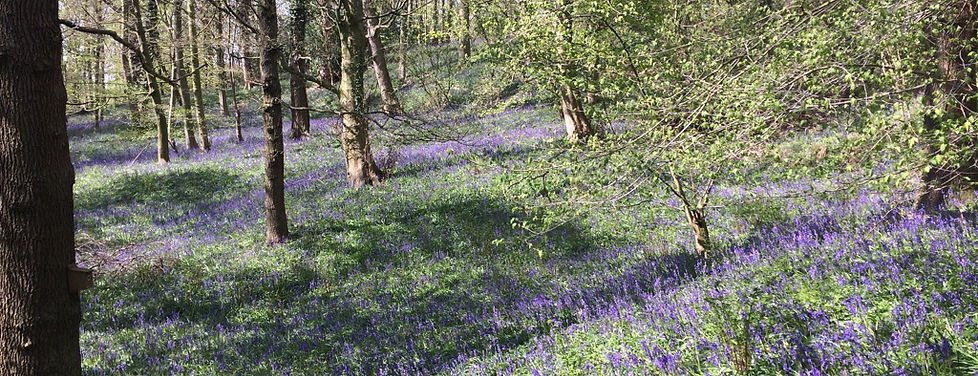
Woodland Management Advice
Woodlands are dynamic systems, and historically, natural events such as storms and floods would have created new niches and opportunities for wildlife, within the then largely wooded landscape. As forest cover has decreased, a long history of human activity within woodlands has been established, which mimics these natural processes. A rich tradition of coppicing, charcoal making, and the thinning and removal of timber to make woodland products served to maintain glades and create space for nature. Our native wildlife has adapted to, and now relies on, active management, to create disturbance events which provide the required mix of conditions, from piles of deadwood which give homes to beetles and fungi, to open glades which support butterflies.
One of the greatest threats to woodlands is lack of management, resulting in poor tree health and loss of opportunities for biodiversity and Natural Capital (indirect benefits provided by woodlands, including carbon capture, flood defence, and the myriad benefits humans derive from nature). To encourage the uptake of management in neglected stands, woodland management will be incorporated into the Environmental Land Management Scheme (ELMS) currently under development by Defra, to replace the Common Agriculture Policy (Countryside Stewardship) post-Brexit, with incentives being offered for sustainable management practices.
If you have an area of woodland within your landholding, and would like some advice on how best to achieve a healthier, more biodiverse stand, please get in touch to arrange a visit by Durham Dales Ecology.